Invisible Sustainability.
Discovering and defining accessible sustainability in campus planning.
Client: Temple University
Industry: Higher Education
Services: Strategy Development, Industry Research
Design Brief.
FutureTogether embarked on a comprehensive research project in search of investment opportunities that exemplify Temple University’s sustainable culture, student engagement, and the promotion of sustainable habits and activities.
Outcome.
Our team identified sustainability projects with high visibility that could redefine student, teacher, and parent perceptions of Temple. We prepared a Design Intelligence Report compiling student responses, outlining high ROI investments, and uncovering new ways to tie campus development with environmental and campus culture initiatives. The report also documented competing urban campuses providing benchmarking for planners and decision makers.
Social Impact.
Our infrastructure-defining process focused on interventions that could become part of a “living pedagogy.” We proposed infrastructure and service design solutions that foster change and encourage active sustainability.
Environmental Impact.
Making the large environmental investments visible through good design changes minds and habits. Our goal of integrating environmental sustainability into the campus as a lifestyle fosters a new culture for Temple graduates—a culture that empowers them to be more engaged and aware citizens.
“The beautifully designed, socially responsible MIO for Target collection makes ‘going green’ accessible to all Target guests.”
Gina Sprenger - Senior Vice President Merchandising
A Transparent Mission.
We did a deep dive into all things Temple—recording the existing infrastructure and interviewing the community to uncover the strengths and weaknesses of Temple’s sustainability initiatives. Student knowledge of sustainable amenities and programs was closely tied to student’s personal campus experiences and curriculum. Despite growing awareness of these initiatives, sustainability programs, habits, and infrastructure lacked a voice, visibility, and visual identity. After carefully documenting and analyzing these green investments, we identified strategies to make them more transparent and impactful for everyone.
Action, Information & Infrastructure.
Our proposals focused on opportunities at every scale, from public furniture and public-facing building metrics to food and transportation accessibility. We prioritized an active sustainability approach to incite an evolved campus culture; By tackling community interactions before introducing new information or impacting the built environment, our shared vision of the campus began to emerge.

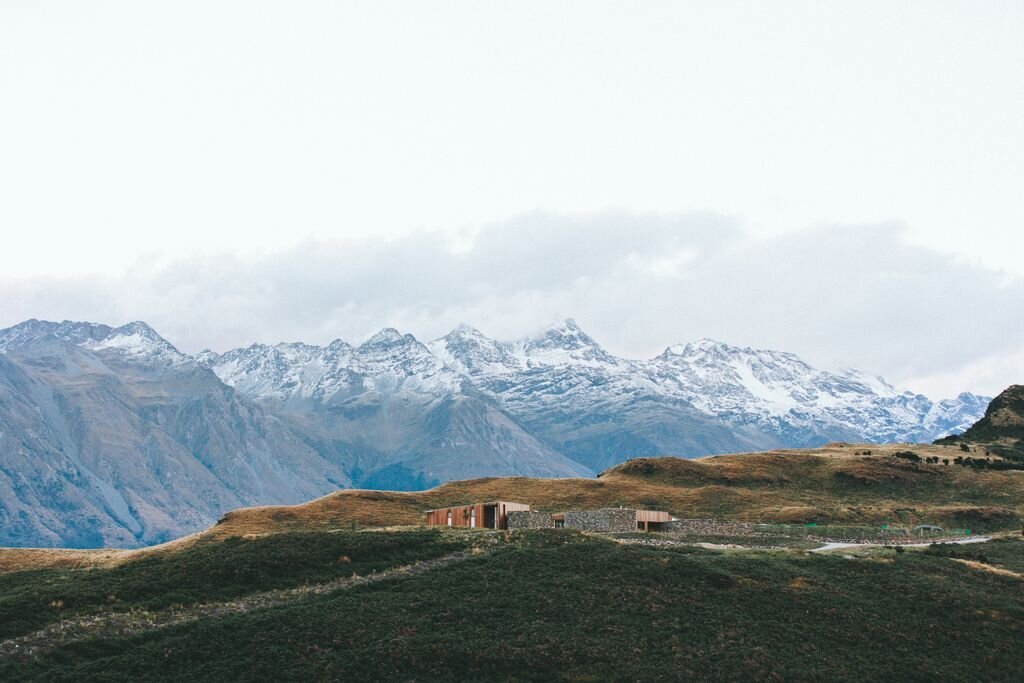
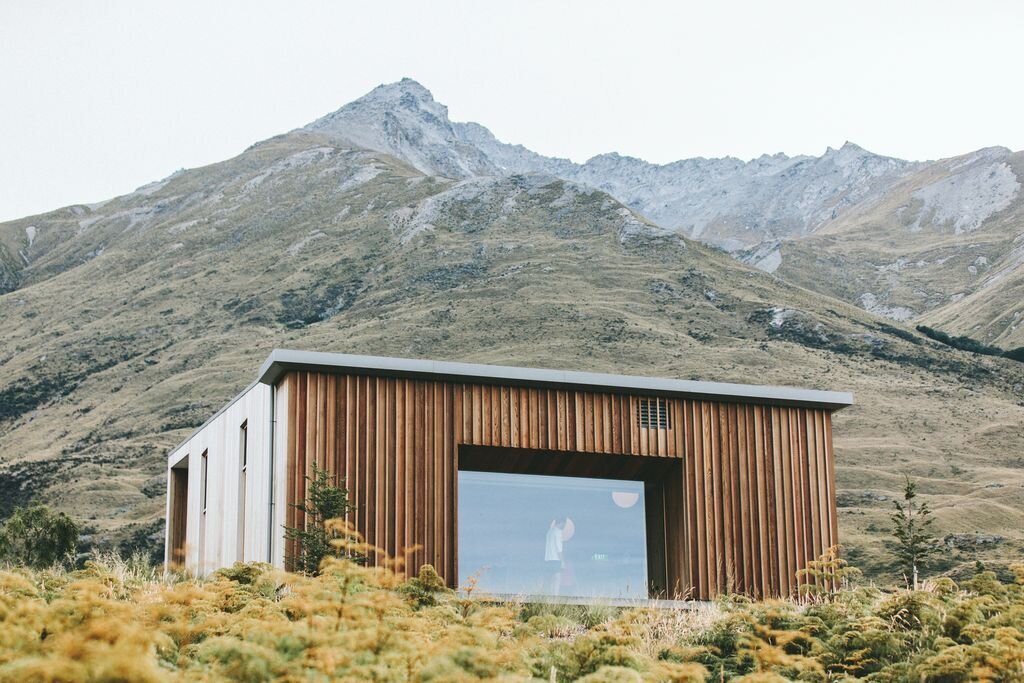
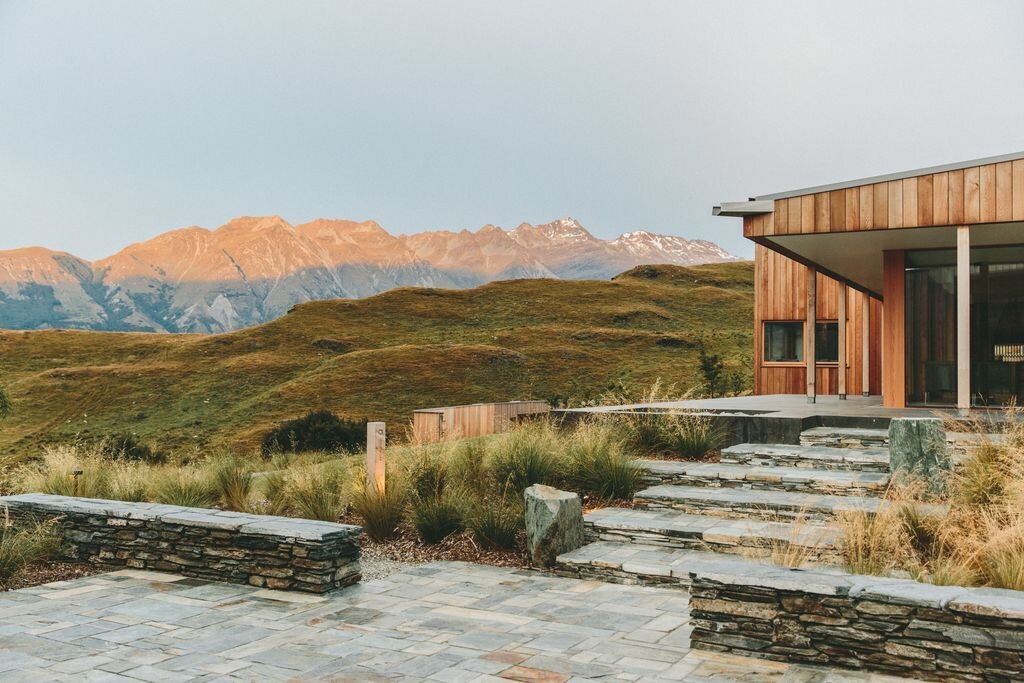
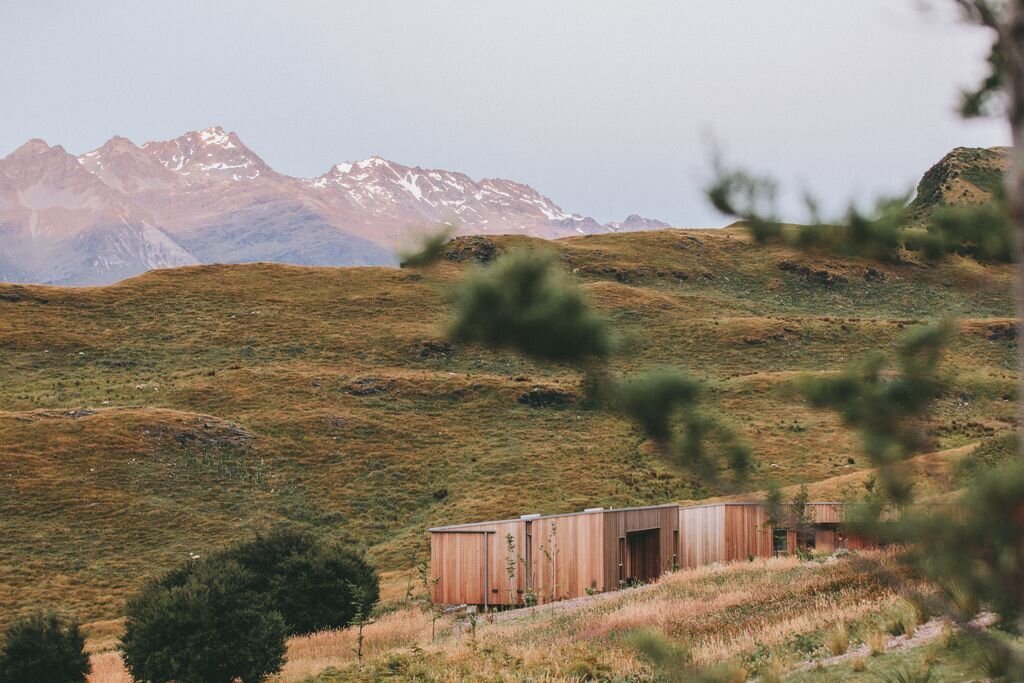
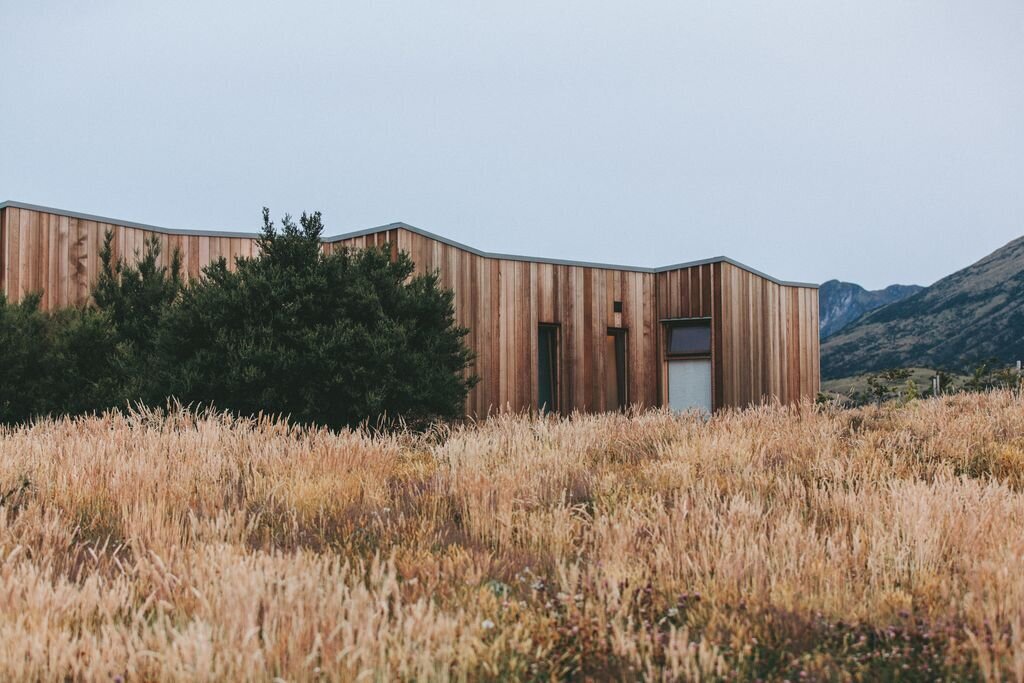
Deep Benchmarking.
In addition to site visits, other educational campuses and contemporary work environments were researched and documented. Our team found examples across various industries to use as references—and it was thanks to these examples that our teams were able to identify changes and investments with high ROI, engagement, and impact potential.
Links & Media.


